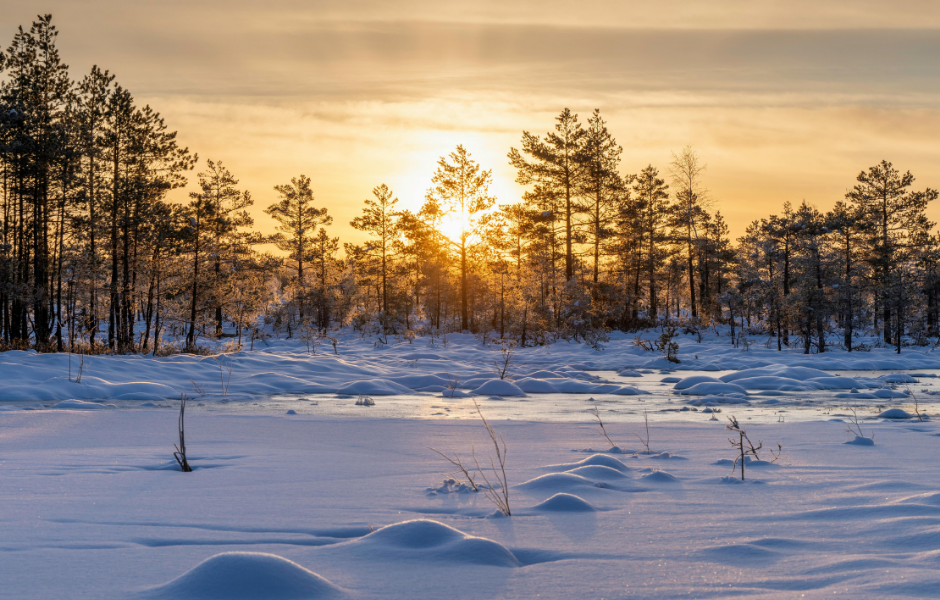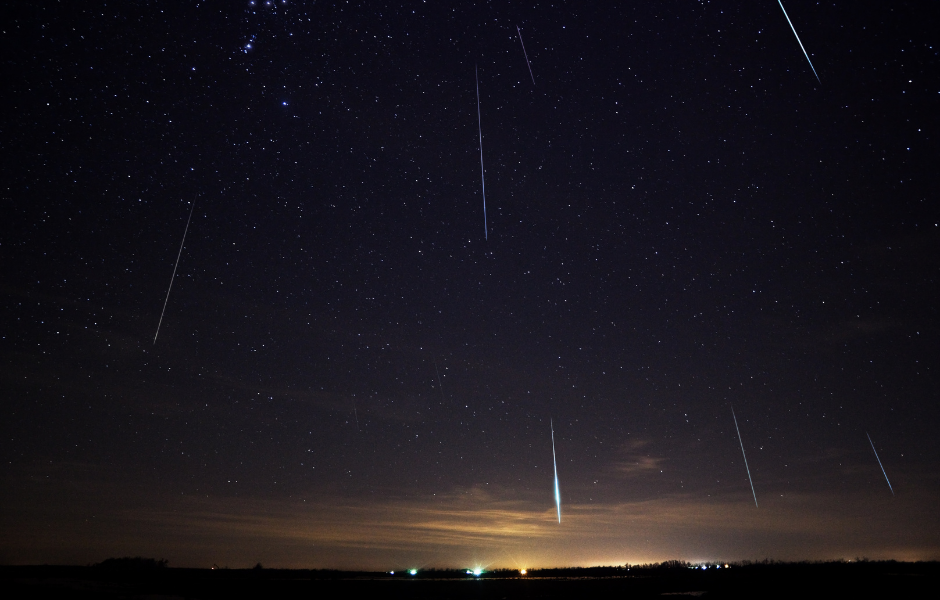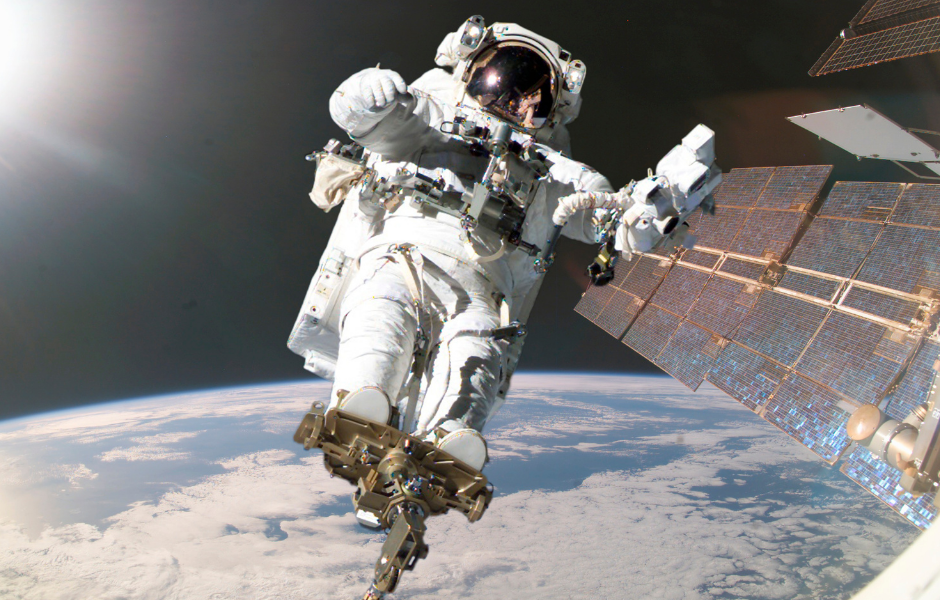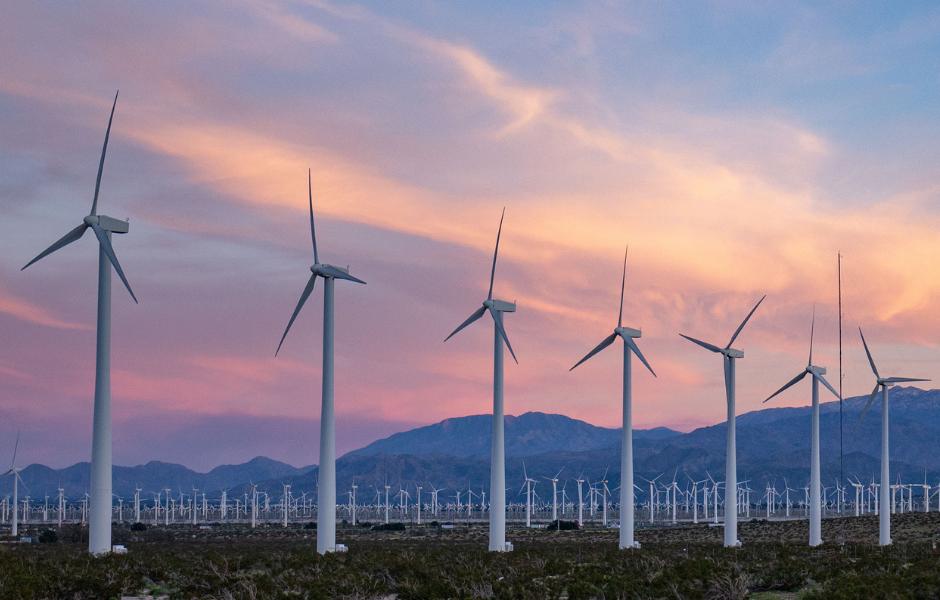
This children’s article, A kids’ guide to wind power, has been written for native English speakers and learners of English as a second or foreign language. It can help children build vocabulary, learn about renewable energy, and understand how humans can use the wind to power the world. Written by Mark Pulley, a teacher and writer who creates fun and informative news articles for English learners.
How wind power works
Have you ever flown a kite and felt the wind tugging it higher into the sky? That same power can be used to create electricity! Wind turbines are tall towers with blades that spin when the wind blows. Inside the turbine, the spinning blades turn a generator, which makes electricity. You can learn more about wind turbines and windmills here.
The stronger the wind, the faster the blades turn, and the more energy is made. That’s why you often see wind farms in open countryside or even out at sea, where the breeze is strongest and most reliable.
Why wind power is important
Unlike coal, oil, or gas, wind power doesn’t produce pollution or run out. It’s a renewable energy source, which means the Earth never runs out of wind. Using more wind power helps fight climate change by reducing the amount of harmful gases released into the air.
It also makes countries less dependent on fossil fuels, which are often imported from far away. By turning to wind, nations can produce cleaner energy closer to home.
How useful it is today
Wind power is already a big player in the world of energy. Some countries get more than a third of their electricity from wind, while others are building more and more turbines every year. Wind farms can now power millions of homes, schools, and businesses.
Of course, the wind doesn’t always blow, so wind power is often used together with other renewable sources, like solar or hydro power, to make sure the lights stay on all the time.
The future of wind power
Experts believe wind power will only get bigger and better in the future. Engineers are already designing gigantic offshore wind turbines that are taller than skyscrapers and can power whole towns by themselves.
As technology improves, wind energy will become cheaper, more efficient, and more reliable. Who knows? By the time you grow up, much of the world could be running on the clean and endless power of the wind.
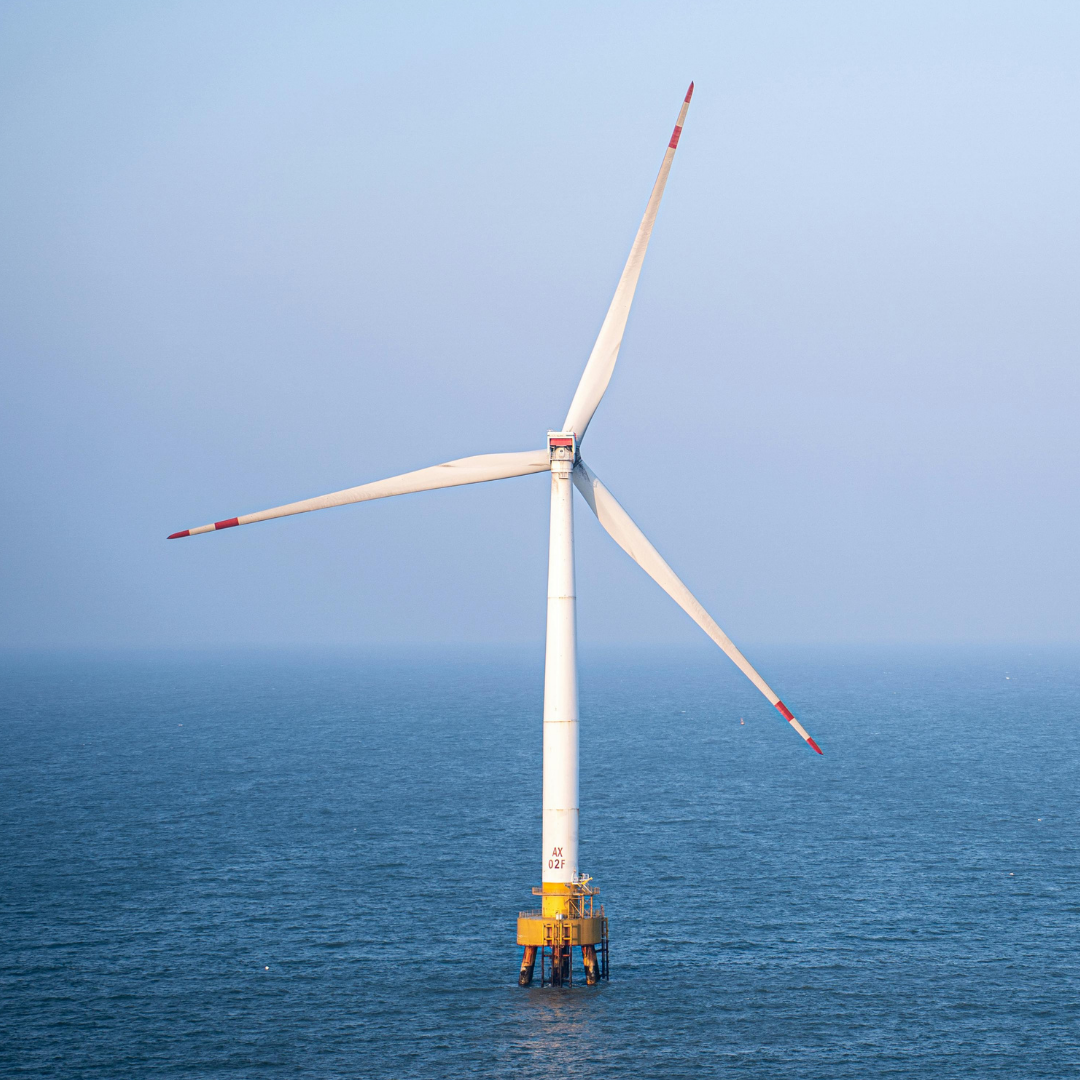
Article vocabulary list
- Turbine: A machine with blades that spin to create energy.
- Generator: A device that produces electricity.
- Renewable: Something that never runs out, like wind or sunlight.
- Pollution: Harmful stuff that makes the air, water, or land dirty.
- Climate change: Long-term changes in Earth’s weather caused by pollution.
- Fossil fuels: Energy sources like coal, oil, and gas that come from ancient plants and animals.
- Offshore: Out at sea, away from the land.
- Efficient: Working in the best and most effective way.
Comprehension questions
Just click the plus (+) to see the answer
1. What makes the blades of a wind turbine spin?
A) Rain
B) Wind
C) Sunlight
Answer: B) Wind
2. What does a generator inside a wind turbine do?
A) Produces electricity
B) Makes the blades longer
C) Stores water
Answer: A) Produces electricity
3. Why is wind power called “renewable”?
A) Because it never runs out
B) Because it only works in winter
C) Because it needs batteries
Answer: A) Because it never runs out
4. What problem does wind power help fight?
A) Climate change
B) Sports injuries
C) Noise pollution from music
Answer: A) Climate change
5. Where are some of the biggest new wind turbines being built?
A) Underground
B) In deserts
C) Out at sea (offshore)
Answer: C) Out at sea (offshore)

Mark is a writer and EFL teacher from England with eight years’ experience. He’s passionate about travel, sport (especially football), animals, nature, and history, and enjoys helping children explore the world through language and learning.

